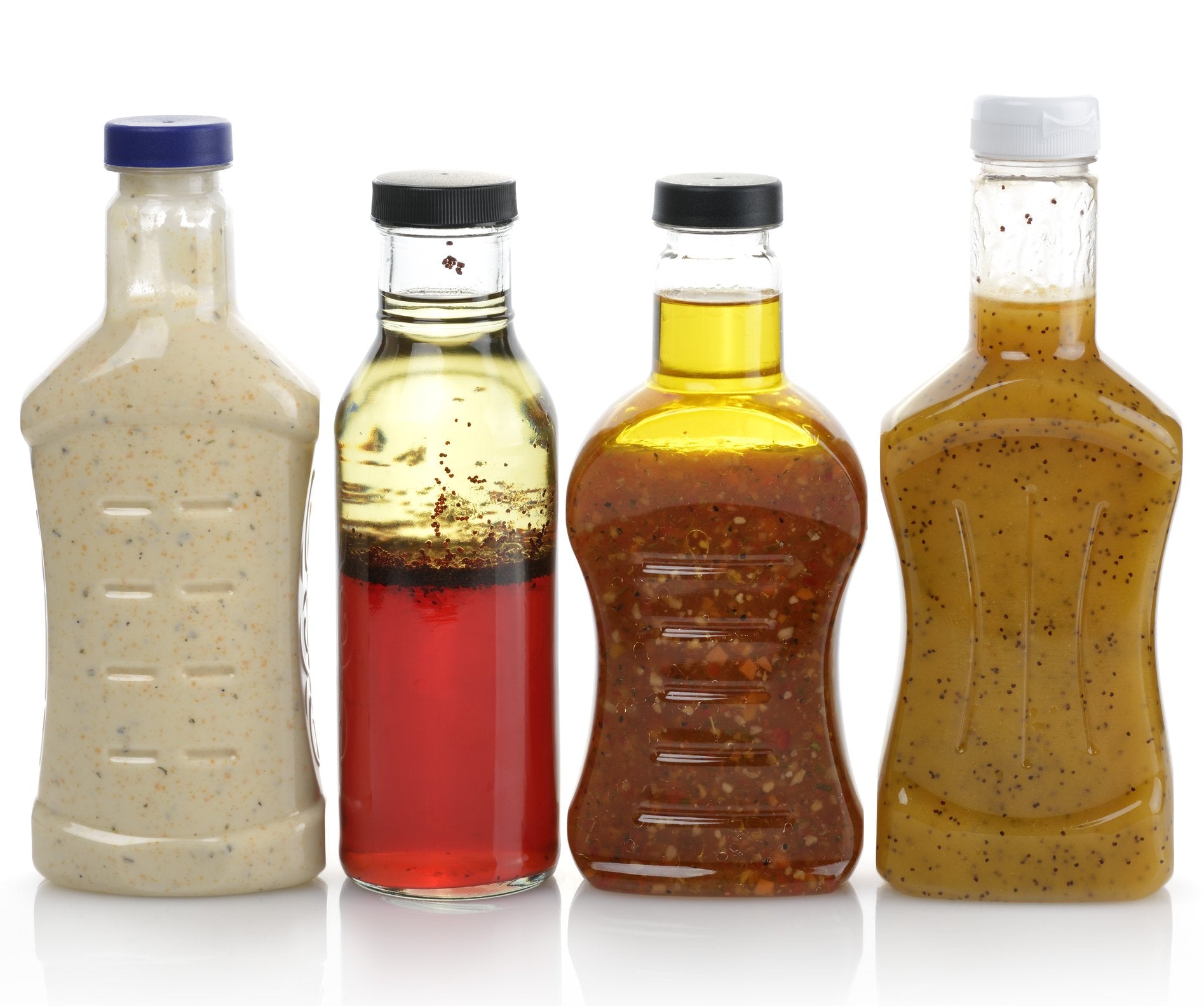12 key benefits of using emulsifiers in cooking
Emulsifiers: Trick Components for Achieving Flawlessly Mixed Solutions
Emulsifiers play an essential function in producing secure combinations of immiscible liquids, such as oil and water. Their one-of-a-kind homes enable them to reduce surface area stress, which is crucial for uniformity in different solutions. Understanding the differences in between synthetic and all-natural emulsifiers can affect product quality considerably. As industries increasingly look for to improve appearance and shelf life, the choice procedure for the ideal emulsifier becomes extremely important. What variables should be taken into consideration in this crucial option?
Recognizing Emulsifiers: What They Are and Just how They Work
Emulsifiers might appear like a basic enhancement to solutions, they play a crucial duty in stabilizing mixtures of active ingredients that typically do not blend well, such as oil and water. These substances function by reducing surface stress at the interface between immiscible fluids, allowing them to mix more consistently. Emulsifiers consist of both hydrophilic (water-attracting) and lipophilic (oil-attracting) buildings, which allow them to anchor themselves at the boundary of the two stages. By doing so, they produce a protective obstacle that prevents the droplets of one fluid from integrating into larger masses, thus keeping a steady emulsion. The performance of an emulsifier depends on its molecular framework, which influences its capability to support mixes. In different applications, from foodstuff to cosmetics, emulsifiers ensure a constant appearance and look, enhancing both performance and customer charm. Their relevance can not be overstated in achieving well-blended formulas.
Kinds of Emulsifiers: Natural vs. Artificial
Emulsifiers can be generally categorized into 2 kinds: natural and artificial, each offering unique benefits and applications. Natural emulsifiers, originated from plant or pet resources, consist of gum tissue, lecithin, and casein arabic (emulsifiers). These emulsifiers are usually preferred in clean-label and natural products because of their very little handling and biocompatibility. Their gentle nature makes them suitable for sensitive solutions, specifically in food and cosmetics

On the various other hand, synthetic emulsifiers such as mono- and diglycerides, and polysorbates are manufactured via chemical processes. They are commonly made use of in industrial applications due to their security and efficiency in developing solutions. Artificial emulsifiers typically show remarkable performance in extreme conditions, such as high temperature levels or differing pH degrees. The selection in between synthetic and all-natural emulsifiers greatly depends on the specific formula requirements, governing considerations, and consumer preferences, influencing their reliable application in different industries.
Features of Emulsifiers in Food and Aesthetic Solutions
The duty of emulsifiers extends past plain stablizing; they are basic in attaining the wanted texture, shelf, and look life of food and cosmetic items. In food solutions, emulsifiers help blend oil and water, creating uniform and smooth appearances crucial for sauces, dressings, and dairy products. They reduce surface area tension, enhancing the security of emulsions, which stops separation and extends freshness.
In cosmetics, emulsifiers ensure that components, such as oils and water, mix seamlessly, offering a positive feeling and boosting application. emulsifiers. They add to the item's thickness and spreadability, essential for serums, lotions, and lotions. Additionally, emulsifiers can envelop energetic components, boosting their distribution and performance in formulas. By managing structure and boosting sensory attributes, emulsifiers play an important function in conference customer assumptions in both food and cosmetic industries, assuring items are not only appealing however likewise functionally reliable
Choosing the Right Emulsifier for Your Product

Furthermore, the target application-- whether for food, cosmetics, or pharmaceuticals-- will affect the selection. Food-grade emulsifiers should conform with safety regulations, while aesthetic emulsifiers may require skin compatibility. Assessing elements such as HLB (Hydrophilic-Lipophilic Equilibrium) aids in predicting emulsifier behavior in specific formulations. Ultimately, a thorough analysis of both regulative factors to consider and useful requirements is important to select one of the most reliable emulsifier, guaranteeing the final product meets the desired top quality and security requirements.

Tips for Effective Solution Formation and Stability
Attaining effective solution formation and security needs mindful attention to numerous vital factors. First, the option of emulsifier plays a pivotal function; it must be suitable with the oil and water stages to assure effective stablizing. Second, the ratio of oil to water must be balanced, as an incorrect ratio can bring about instability. Third, the blending procedure should be regulated; high shear blending can assist attain smaller sized droplet sizes, boosting security.
Temperature likewise influences emulsion stability; keeping excellent temperatures during formulation stops premature splitting up. Furthermore, including stabilizers such as thickeners can further boost thickness, reducing the likelihood of stage splitting up. Finally, performing extensive security examinations after formula will help determine possible issues, enabling adjustments prior to final production. By sticking to these standards, formulators can attain trustworthy and constant emulsions that preserve their wanted residential or commercial properties in time.
Often Asked Inquiries
Can Emulsifiers Be Utilized in Vegan Formulations?
Yes, emulsifiers can be utilized in vegan solutions. Several plant-based emulsifiers, such as lecithin from soy or sunflower, offer effective mixing without animal-derived components, making them appropriate for a variety of vegan products.
What Are Usual Allergens in Emulsifiers?
Typical irritants in emulsifiers consist of soy, milk, and eggs, as certain go to the website emulsifiers are acquired from these sources. Furthermore, some people may react to additives or chemicals made use of alongside emulsifiers in different formulations.

Exactly How Do Emulsifiers Impact Rack Life of Products?
Emulsifiers boost item stability by stopping splitting up of active ingredients, thereby extending service life. They alleviate perishing caused by microbial growth and oxidation, resulting in prolonged freshness and improved top quality in numerous food and aesthetic formulations.
Are There Any Health Problems Related To Emulsifiers?
Research study indicates prospective health and wellness issues related to emulsifiers, consisting of digestive tract microbiome changes and swelling. While regulative bodies typically regard them secure, continuous studies remain to explore lasting impacts on health and overall wellness.
Can Emulsifiers Improve Flavor or Aroma in Formulations?
Emulsifiers can enhance flavor and fragrance in solutions by improving ingredient diffusion and security. This leads to an extra consistent item, allowing flavors to combine effectively, eventually causing an extra pleasurable sensory experience for customers.
Emulsifiers might seem like a basic enhancement to formulations, they play a crucial duty in supporting blends of components that generally do not blend well, such as oil and water. In food solutions, emulsifiers aid mix oil and water, creating uniform and smooth appearances necessary for sauces, dressings, and milk products. useful site Food-grade emulsifiers must comply with security guidelines, while cosmetic emulsifiers may need skin compatibility. Usual allergens in emulsifiers consist of soy, milk, and eggs, as certain emulsifiers are acquired from these sources. Emulsifiers can improve taste and fragrance in formulas by enhancing active ingredient dispersion and security.